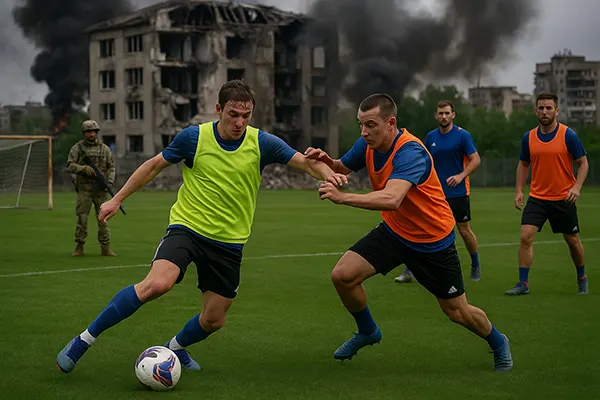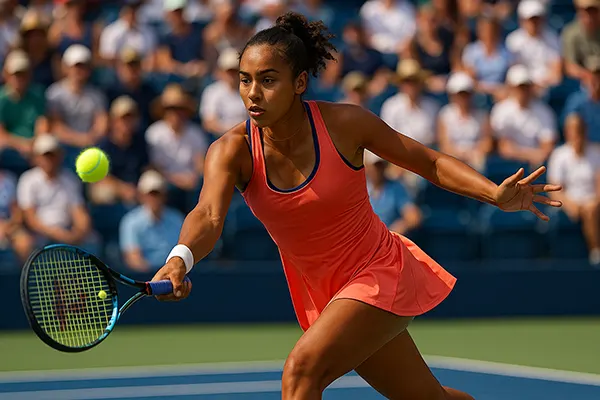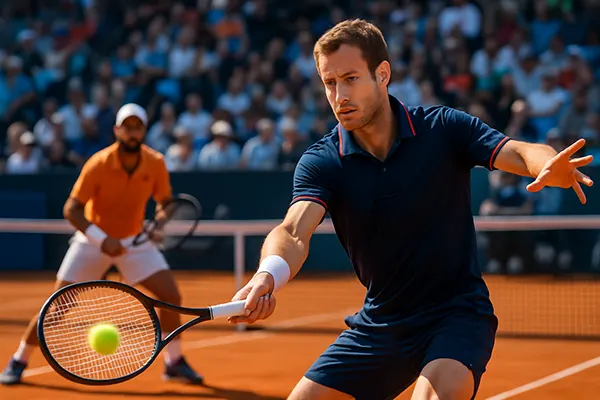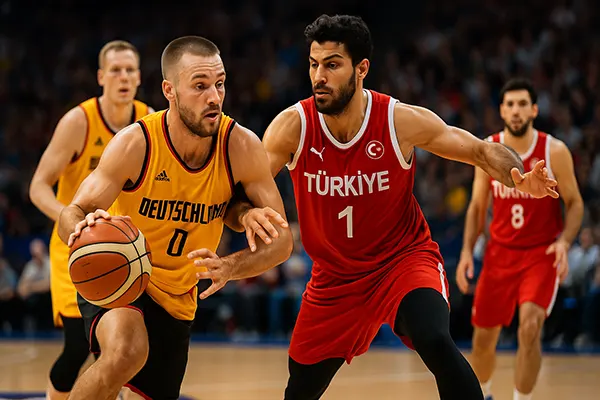Russia’s full-scale invasion of Ukraine has deeply affected every aspect of life in the country, including professional sports. Football, one of the most popular and socially significant sports in Ukraine, continues to operate under exceptional conditions. Despite the danger, logistical challenges, and economic difficulties, Ukrainian clubs persist, showing resilience and determination. This article explores how football clubs survive and function during wartime realities.
Challenges Facing Ukrainian Football Clubs
The outbreak of war caused immediate disruptions to football infrastructure. Many stadiums, training grounds, and club offices were destroyed or damaged due to missile attacks or military activity. Clubs based in occupied or frontline territories were forced to relocate or suspend operations entirely. Shakhtar Donetsk, for instance, continues to play home matches in Lviv and Kyiv, far from their native Donetsk.
Logistics became a daily struggle. With constant air raid alarms, curfews, and damaged roads, travel between cities for matches or training sessions often involves military coordination. Clubs must secure shelters at stadiums and have emergency protocols in place during games. Some players have even trained in underground bunkers.
Economically, the war hit the football sector hard. Ticket sales have plummeted due to safety concerns and limited audience attendance. Sponsors and investors, many of whom faced war-related business disruptions, reduced funding. As a result, clubs rely heavily on support from local authorities, football federations, and charitable foundations to stay afloat.
Psychological and Organisational Adjustments
The mental health of players, staff, and fans became a major issue. Many athletes have lost loved ones or homes, and some joined the Armed Forces of Ukraine. Clubs now provide psychological support, consulting specialists to maintain morale and performance under stress.
Organisationally, clubs had to shift to hybrid models — combining in-person training with online tactical sessions. In unstable regions, entire youth academies were evacuated to safer western regions or abroad. Coaches maintain constant remote contact with displaced youth teams, trying to preserve continuity in player development.
Despite all challenges, football has proven to be a unifying and therapeutic force. Matches often begin with moments of silence or patriotic ceremonies, and players publicly support Ukraine’s defenders. Football remains not just a sport but a symbol of national identity and perseverance.
Adaptation of Football Competitions
The Ukrainian Premier League (UPL) resumed in August 2022 under martial law. Games are held without fans or with limited audiences, depending on regional security conditions. Each match requires security approval from the military administration and must include a bomb shelter at the stadium.
Referees and match officials receive special wartime training, learning how to manage games during alarms or potential threats. In some cases, matches were paused or rescheduled due to air raids, showing the constant fragility of scheduling under war conditions.
UEFA granted special permission for Ukrainian clubs to hold international matches in Poland, Slovakia, and Germany. Shakhtar Donetsk and Dynamo Kyiv play European games in exile, generating some income and maintaining the visibility of Ukrainian football on the international stage.
Youth and Grassroots Football Under Pressure
Grassroots football suffered the most. Dozens of children’s academies in the east and south ceased operations due to hostilities. Coaches had to evacuate entire teams, with some academies now functioning in western Ukraine or neighbouring countries like Poland and Romania.
Initiatives such as the “Children of War – Play for Peace” programme offer football training and psychological relief for displaced and traumatised youth. International NGOs and football federations provide equipment and support to sustain youth engagement in sports.
Despite these efforts, there is a noticeable gap in player development. Many promising young talents lost months of structured training and competition. Rebuilding this pipeline will be a long-term challenge for Ukrainian football once peace returns.

The Future Outlook of Ukrainian Football
Though the war continues, clubs and the Ukrainian Football Association are already planning for post-war recovery. A key priority is restoring destroyed infrastructure and ensuring the financial viability of professional clubs through grants, partnerships, and strategic investment.
Another goal is reintegrating players who served in the military or were displaced. Several clubs run veteran support programmes and offer coaching positions or rehabilitation support to footballers returning from the frontlines.
The football community also looks forward to welcoming fans back to stadiums. The atmosphere of live games, deeply missed, remains a symbol of normality and peace. Full stadiums would signal not just a sporting revival but national healing.
International Solidarity and Support
Ukrainian football has received extensive international support. European clubs have hosted friendly matches to raise funds for Ukraine. FIFA and UEFA launched assistance programmes, helping with logistics, travel, and youth development.
Several Ukrainian players, temporarily playing abroad, donate portions of their salaries to relief efforts. Additionally, Ukrainian clubs share training facilities with European partners, strengthening ties and building cross-border solidarity in sport.
In the long term, this collaboration may lead to joint youth tournaments, coaching exchanges, and deeper integration of Ukrainian football into the European community — a vital step toward rebuilding the sport’s future on solid ground.




